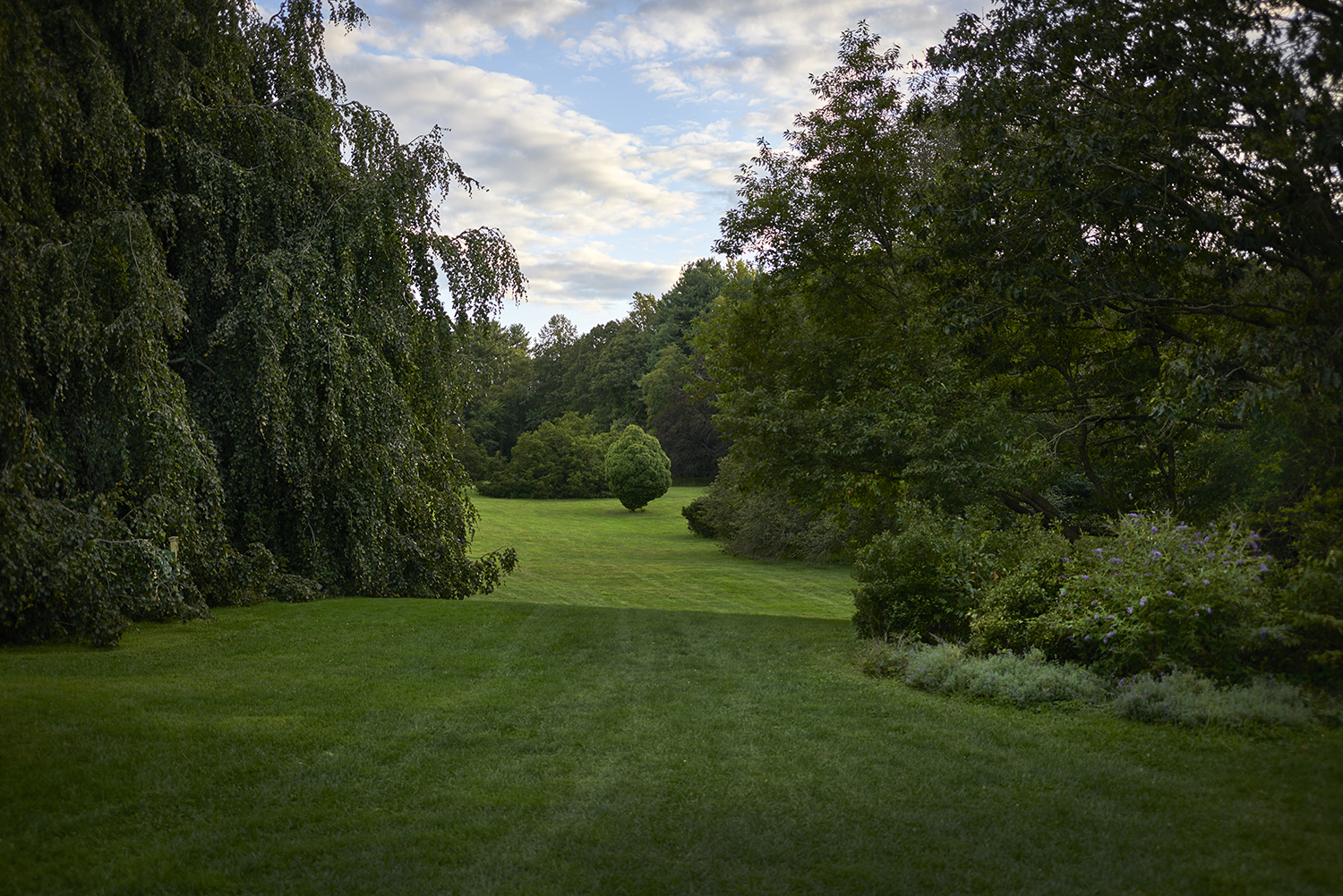Planting Fields was created with the vision of Mr. Coe and his team of Architects and Landscape Architects including Greenleaf, Lowell and Sargent, Walker and Gillette and of course the legendary firm of the Olmsted Brothers of Brookline, MA. Like their father, Frederick Law Olmsted, the Olmsted Brothers prided themselves in creating expansive, magnificent landscapes that were sustainable and stood the test of time. Planting Fields is no exception to this successful philosophy. The cultivated landscape at Planting Fields is well over a century old and has endured many challenges such as years of significant weather events, age, pest infestations, and at times that neglect has caused the landscape to decline over the years.
Most recently the devastation to the landscape caused by Hurricane Sandy in 2012 claimed over 375 trees and other storms, such as nor’easters, microbursts, drought and snow and ice storms have had similar effects on the landscape. To meet these challenges, the staff over the last 20 years has worked diligently with the Green Industry on Long Island to respond to these issues. Great efforts have been made to not only protect the existing plant collections and specimens throughout the grounds, but significant progress has been made to strengthen these collections. These efforts are now paying off and both the historic and more modern features of the landscape at Planting Fields have seen a renaissance. In the early 2000s, over 100 young beech tree seedlings were planted at the Carshalton Gates to replant that iconic landscape feature that was originally designed by the Olmsted Brothers. With a 97% survival rate these trees that started off at 5 feet tall are now well over 20 feet tall. Other historic collections including Mr. Coe’s historic rhododendron collection located on the East side of Coe Hall were re-planted with the help of the American Rhododendron Society and its members and is once again a relevant feature of the landscape. The historic American elm allée located around the Haybarn is now complete and once again gracing the roadways on the South end of the Arboretum.
While Planting Fields has a historic landscape that is rivaled by few in the northeast, more modern and select plant collections are being developed as well. The basis for these more progressive collections is that Mr. Coe and his staff early on had the overall philosophy that Planting Fields must be a place to display and learn about the best specimen plants and unique species available. These more “modern” plant collections, however, must integrate well and enhance the existing mature landscape. Camellias have a long history at Planting Fields as they were first introduced in 1916. While Planting Fields possesses the largest collection of camellia plants under glass in the northeast in the Camellia Greenhouse, we have also developed a hardy collection of camellias that are planted outside the Camellia Greenhouse, in the Azalea Walks, Synoptic Garden and in the North Border.
There were very few hollies and magnolias on the property during the Coe family’s time at Planting Fields, but today Planting Fields possesses over 500 different types of holly and over 120 different types of magnolia. The Synoptic Garden, the only one of its kind in the country, was developed in the 1960s. It possesses some of the newest and most exciting trees and shrubs available, including newer varieties of Abelia, Clethra, dogwood, roses, Viburnums, hydrangea. The Synoptic Garden also features one of the best rock gardens in the area, highlighting spring and summer flowering Daphne. In recent years, other successful garden restoration projects that have been completed include the total rehabilitation of the main rose garden, expansion of the peony and maple collections, landscaping around the perimeter of the new visitors parking lot, replanting of the Bird Sanctuary and adding prominent tree specimens to the Taxus Field. The grounds staff has also made great strides to reduce invasive species populations to protect native strands of trees from the Coe era.
The Camellia Greenhouse and Main Greenhouse collections continue to improve every year with some of the most beautiful camellias, orchids, begonia and tropical plants available, not to mention short term plant displays. On the grounds our plan is to continue to fill in gaps left by Hurricane Sandy including unique conifers, maples, oaks and broadleaf evergreens such as camellias, holly and species rhododendron. One ambitious garden project currently being considered as a long-term project is the rehabilitation of the naturalistic landscape that surrounds the Main Drive leading to the Carshalton Gates. This original landscape feature that Mr. Coe and his designers crafted consisted of evergreen, rhododendron, azalea, dogwood and many other spring flowering trees and shrubs. Today this landscape is a shell of its former self and overwhelmed by invasive species. The next few years will be very exciting for the staff, volunteers and patrons as we continue to reinvent this uniquely beautiful landscape. With help from the Planting Fields Foundation as well as donors and local organizations, it is no doubt an exciting time at Planting Fields.
Vincent A. Simeone, Director, Planting Fields Arboretum
Michael J. Runkel, Assitant Director, Planting Fields Arboretum

